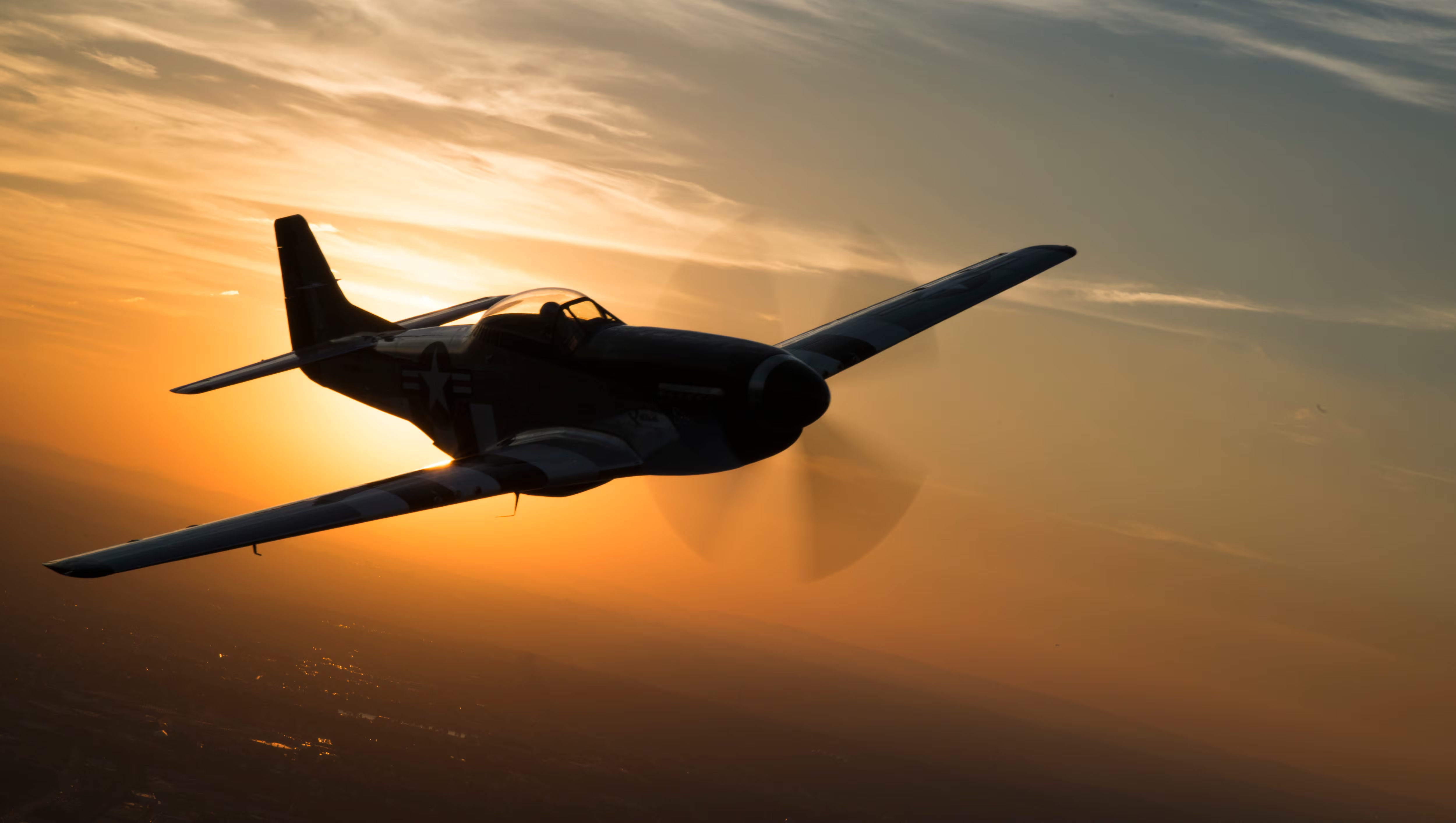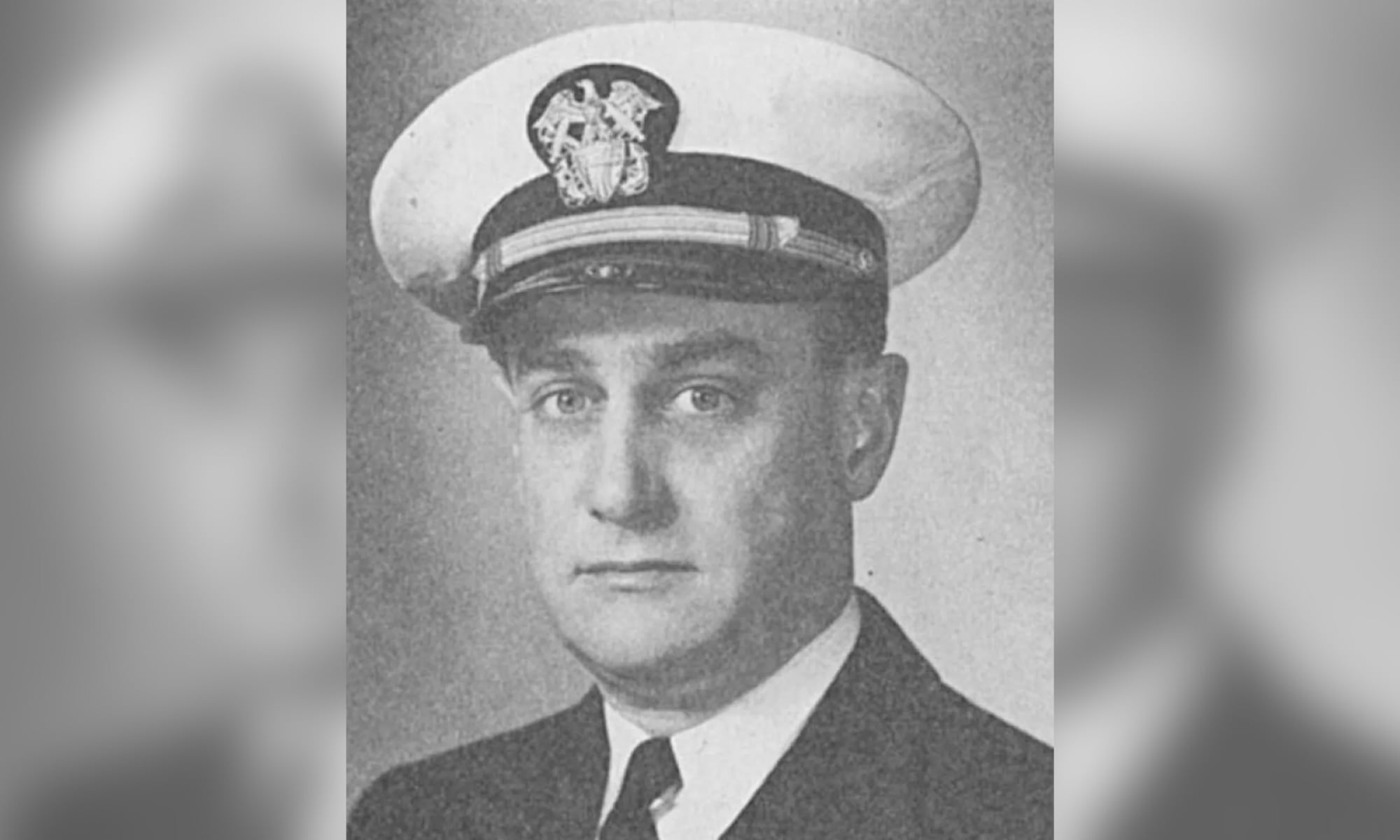Editor’s Note: This article was published as part of a content-sharing agreement between Army Times and The Fayetteville Observer.
Paratroopers of the 82nd Airborne Division are innovators, the command team of the division said.
To capitalize on that innovation, the division created a new company that was formally activated at the end of March, said Maj. Gen. Christopher LaNeve, commander of the 82nd Airborne Division.
“As we switch to large-scale combat operations, we’re taking a look at what do we have to build to be able to harness the technology and the ideas, so we created the Gainey Company,” LaNeve said.
Capt. Aaron Johnson, the commander of the company, said the company’s namesake is William Joe Gainey, who served in the division and was the first senior enlisted advisor to the chairman of the Joint Chiefs of Staff.
Who is in Gainey Company
The company currently has 28 soldiers, comprised of permanent soldiers and paratroopers who join the company on a rotational basis
“We’re continually bringing new blood into the Gainey Company, and we’re pumping them out back into the brigades, the knowledge base of what they just did inside the Gainey Company,” LaNeve said.
Command Sgt. Maj. Randolph Delapena, the senior enlisted leader for the division, said a soldier’s military occupational specialty “doesn’t withhold them” from joining the company.
“Soldiers want to make something to help the formations, and all those little things that they kind of work through, what they talk about in a barracks and in their company, that’s where you got to draw that energy from,” Delapena said.
Rotational soldiers from the 2nd Brigade Combat Team were radio operators who were able to train fellow paratroopers on the newest technology before they return to their brigade at the end of June.
The radio operators were able to breach information technology equipment that was previously difficult to use, said 1st Sgt. Allen Addison, the senior enlisted leader for the company.
RELATED

What the Gainey Company Does
Within the company are three platoons and an Airborne Innovation Lab.
LaNeve said one platoon in the company focuses on the division’s integrated tactical network, which is how the division communicates when using computer-enabled radios.
A second platoon in the company only focuses on robotics and unmanned aerial systems and is currently testing out robotic dogs, LaNeve said.
Johnson said the second platoon has also tested drones that have 3D mapping software usually used by surveyors or framers in the civilian sector.
A third platoon in the company specializes in technical effects, or battlefield decoys and shaping the information space, Johnson and LaNeve said.
Airborne Innovation Lab
The company is also in charge of the division’s Airborne Innovation Lab, which opened in October and is staffed with two soldiers and three civilian contractors.
“Any active-duty service member can walk in and present them a problem, and their only job is to help them find solutions,” Johnson said.
The lab, LaNeve said, is equipped with 3D printing, textiles and tools.
Johnson said the lab is connected to Army Research Labs and connected to academic partners, with paratroopers working with Eastern Carolina University, North Carolina State and Fayetteville State University for classes and projects.
Addison said the lab has also added a manufacturing course.
“It may be intimidating for someone who says they want to get into the innovation lab, ‘But, I don’t know how to 3D print, or I don’t know anything about the equipment,’” Addison said. “Teaching those courses gives people the baseline knowledge of all the equipment we have out there.”
Innovation, Johnson said, could mean electrical engineering, computer coding or manufacturing in 3D printing.
“Most people are focused on doing their job. So, if it’s hard to do their job, they just say, ‘Well it’s going to be hard today,’” he said. “This reframes it to, ‘It’s really hard to do my job this way, but what if I did it in this other way or what if I had this resource?’”
In March, the division collaborated with the Army Combat Capabilities Development Command to host the first Innovation Drop Zone Competition at the lab.
During the competition, paratroopers presented ideas about 3D printing, new ways to hold gear and a new database for financial planners.
“A couple of paratroopers designed a new way to carry our missiles, whether it’s a Stinger or Javelin, or an AT4 for those systems that normally they’re very awkward to carry on your back,” LaNeve said.
The paratroopers designed a system to attach to modular rucksacks, which makes it “more efficient,” to carry the missiles, LaNeve said.
LaNeve said the division will host its next innovation competition Sept. 6 in the innovation lab.
“We have to change, and change is continual,” he said. “We’ve got to continue to make ourselves better in every aspect of warfighting, every realm of it, and these guys are having a huge part in it.”





